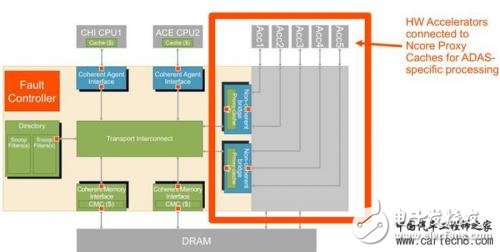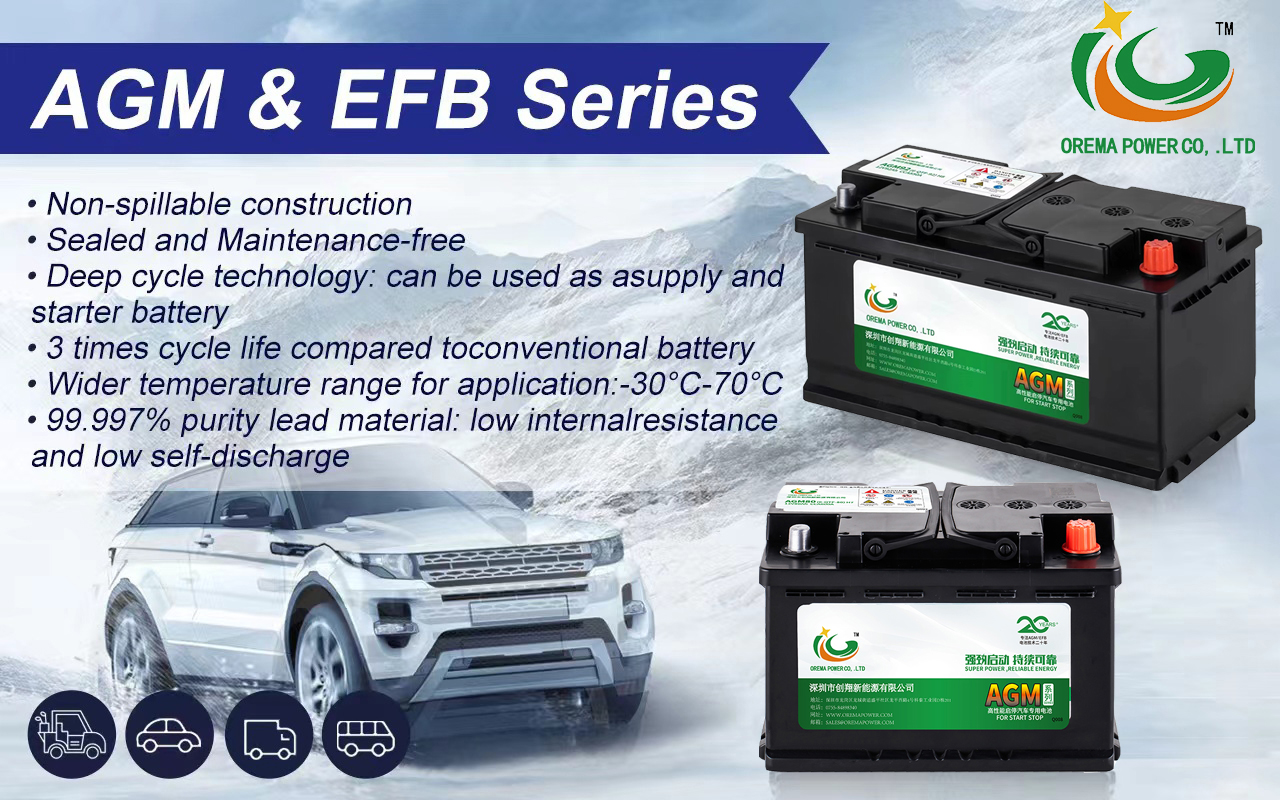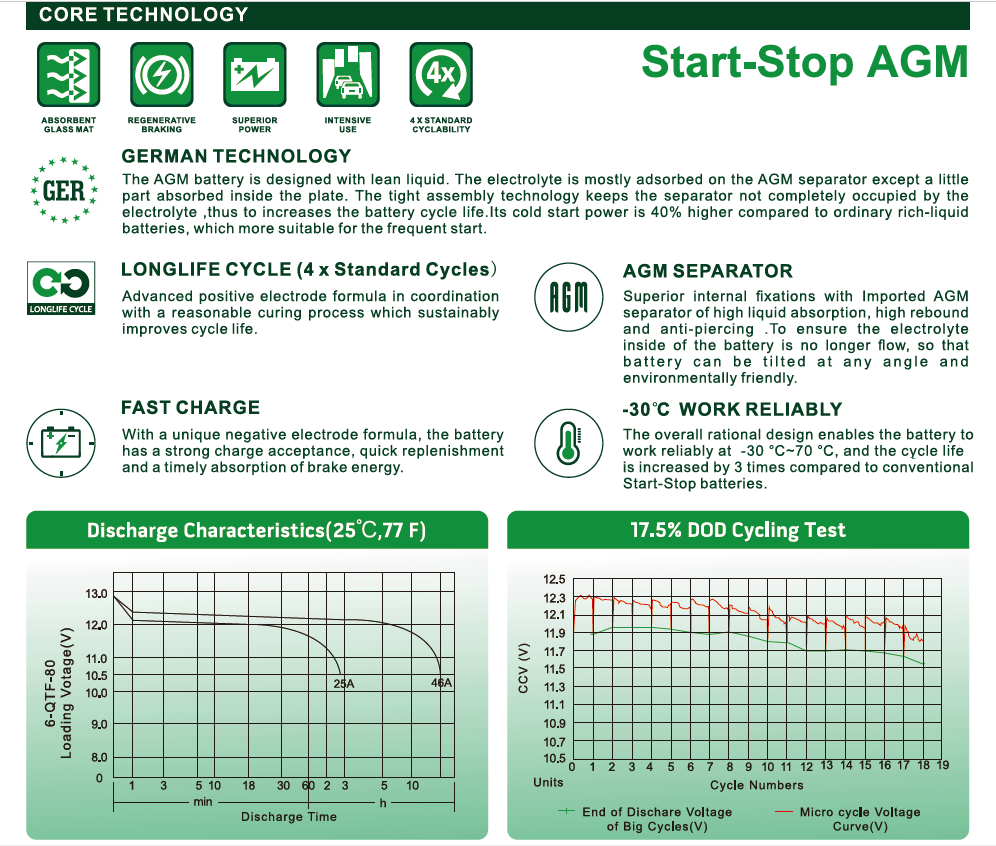Three key points about ADAS and autonomous driving
1. Software Reliance
The original ADAS program’s R&D team faced significant design challenges, prompting them to develop complex software solutions. However, they soon realized that pre-programmed algorithms struggled to keep up with the demands of modern automotive systems. As vehicles became more advanced, the need for real-time processing and adaptability grew, making traditional software approaches less effective.
To address this, researchers had to create new algorithms tailored for sensor fusion, image processing, and system security. This led to the development of large-scale codebases, which increased both development costs and security vulnerabilities. Maintaining and updating such software continuously became a major burden for engineers.
As a result, the industry began shifting from software-centric systems built on generic hardware to custom-designed system-on-chip (SoC) architectures and hardware accelerators. These chips are optimized for performance, enabling faster and more efficient processing of complex algorithms. By breaking down tasks into smaller computations, ADAS systems can respond more quickly to real-world driving scenarios, improving overall safety and reliability.
The evolution of ADAS has provided a blueprint for autonomous vehicle engineering teams. It demonstrates how on-chip systems can be designed to handle highly complex tasks while maintaining near-real-time performance, essential for fully autonomous driving.
2. Near Real-Time Design

Ensuring real-time processing is critical in autonomous systems, especially when it comes to sensor fusion and other mission-critical functions. ADAS technology has served as a valuable reference for autonomous driving developers, offering insights into managing data flow and latency.
In the early stages, ADAS systems relied on static random access memory (SRAM) for internal communication within the chip. Paired memory modules acted as mailboxes, allowing input values to be passed to computing units. However, managing this communication through software became increasingly complex as the number of processing components grew, leading to delays and inefficiencies.
Over time, ADAS chips adopted advanced technologies like heterogeneous cache coherency. This allows efficient communication between different computing elements—such as CPUs, GPUs, and DPUs—within the same chip. By improving bandwidth and reducing latency, these technologies enable faster and more reliable data processing.
Most importantly, hardware accelerators now play a central role in self-driving systems. On-chip communication technologies like heterogeneous cache coherency help ensure that even the most complex machine learning algorithms run smoothly, enabling near-real-time performance in autonomous vehicles.
3. Integration Challenges
The complexity of an autonomous driving SoC is immense, as it combines powerful features, functional safety requirements, and near-real-time performance all into a single custom silicon chip. This convergence makes the design process particularly challenging.
Many autonomous driving systems use hardware accelerators to perform specific tasks, such as processing high-definition radar data or computer vision tasks. These accelerators act as specialized processing nodes, often functioning like individual neurons in a deep neural network.
Within this system-on-a-chip architecture, hardware accelerators and other heterogeneous components can be fine-tuned for specific autopilot functions. On-chip interconnects allow these components to communicate seamlessly, ensuring that even as system complexity grows, the design remains manageable and efficient.
This integration is crucial for the future of autonomous driving, where reliability, speed, and safety must all be balanced effectively. As the industry continues to evolve, the ability to manage this complexity will determine the success of next-generation autonomous systems.
OREMA QTF series AGM start-stop batteries are at the forefront of lead-carbon technology, tailored for vehicles with start/stop and mild hybrid systems. Ideal for caravans, boats, motorhomes, and more, these batteries showcase exceptional charge acceptance and cold starting capabilities. Experience the difference with OREMA's advanced lead alloy formula, specifically designed for today's demanding automotive applications.

Key Features of OREMA 12V AGM car batteries:
Enhanced Durability: Crafted with reinforced design, the battery casing and cover are made of high-strength, heat-resistant PP engineering plastic, ensuring longevity and reliability under various conditions.Innovative Construction: Equipped with imported pocket-type PE separators, our batteries effectively prevent short circuits due to active material shedding, resulting in low internal resistance and high current discharge.
Advanced Safety Features: Special anti-acid explosion-proof patches are employed to isolate potential sparks, making our batteries safer for everyday use.
Patented Technology: The patented deep cycle positive paste and negative lead carbon technology significantly extends the battery's cycle life.
Efficient Design: Unique labyrinthine cap design allows for smooth electrolyte recirculation, minimizing water wastage and prolonging battery life.
Cutting-edge TTP Welding: Advanced TTP welding technology ensures minimal internal resistance during connections.
Special Valve Design: Prevents corrosion, enhancing the battery's durability.
High Assembly Pressure: This design feature significantly extends the battery's lifespan.
Wide Temperature Range: Our batteries are functional in temperatures ranging from -30°C (-22°F) to 70°C (158°F), accommodating diverse environmental conditions.
OREMA AGM car start-stop battery core technology:

Specifications of OREMA QTF Series AGM Start-stop batteries:

Why choose OREMA as AGM start-stop battery provider?
The upgraded lead-carbon battery technology significantly improves battery life; By adding new active substances to the plate, the charging efficiency is significantly improved; At the same time, the low water loss ensures the long-lasting stability of the battery at high temperatures.OREMA QTF series AGM automotive batteries introduce innovative technology, showing excellent instantaneous high current release performance, and its continuous casting grid technology enhances the corrosion resistance of the grid; By improving the mechanical strength of the grid, the anti-shock performance of the battery is improved.
The OREMA QTF Series AGM Automotive Battery is known for its powerful starting power, low water loss and long service life, and is specially built for vehicles requiring basic electric support. While maintaining superior performance, it provides a higher price/performance ratio. OREMA QTF Series AGM automotive batteries are designed to simplify life and add value to your car by providing more affordable and responsive battery solutions from the consumer's perspective.
Choose OREMA car batteries, which are prized for their long-lasting performance. Quality products can withstand the test of time and user inspection.
car start-stop battery,Start-stop battery,AGM Start-stop batteries,AGM battery for car,12V AGM car batteries
OREMA POWER CO., LTD. , https://www.oremapower.com